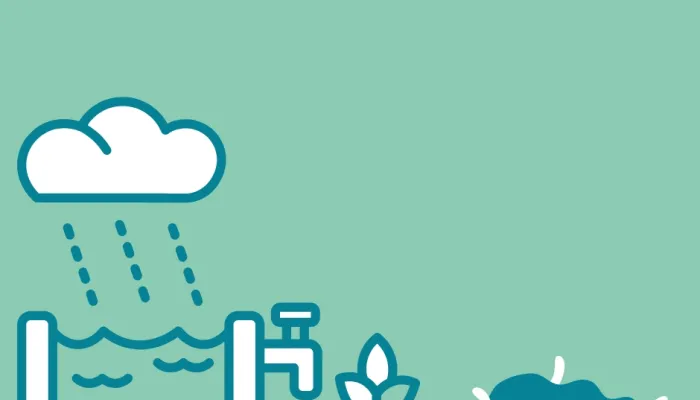Care for your soil by mulching, minimal digging, and adding organic matter
Water is key to life, so helping your soils retain water can be a great way to more broadly support plants through dry spells and the animals that depend on them.
No-dig is a useful approach to maintain a good soil structure and helps soil retain moisture which digging over can often release. Of course some digging is good for many species, bringing seeds to the surface to germinate and creating space for mining bees to find and exposed area of soil. It’s about finding a balance. Mulching is also a great way to help soils develop; adding a layer of leaves or semi-composted leaf mould can be an excellent mulch, which worms will pull down into the soil, increasing the organic matter content. Grass clippings and woodchip can make a great mulch, as can composted garden waste. Piles of woodchip undisturbed in a flower bed can prove to be the perfect breeding areas for stag beetles, whose larvae rely on rotting wood to develop over several years.
Install water sources for wildlife
As well as retain water in the soil, providing sources of clean water for animals to drink and bathe in is also important. Hedgehogs will need access to water during dry periods, and birds rely on water to clean their feathers. Bees and wasps will also be seen visiting ponds and puddles to get a drink.
Water features could include a pot pond, with an area of rocks creating a shallow area for birds to perch. A shallow dish on the floor would provide for hedgehogs and birds, adding stones can create a range of depths for things like bees to also access these shallow dishes. A ground level pond will support all these things, but shallow access is essential to help anything that inadvertently falls in to get out.
Control algae in your pond
If you have a pond, the natural balance can sometimes be disrupted, either by a nutrient load or warm weather heating the water up - especially common in smaller ponds. This can result in an algal bloom which threatens to suck out a lot of the oxygen. Placing ponds in partial shade is a good start to tackling this, as well as having a good mix of oxygenating plants and good recyclers like pond snails. Not adding too much rich compost when planting any pond plants will also help reduce any nutrient load the algae thrives off. If you get a bloom however, carefully remove the algae, leaving it close by so insects can crawl back to the water. Consider shading the pond during the heat of the day or adding some barley straw, which acts to inhibit some algal growth. Barley straw can be better as a preventative measure and works well in well oxygenated ponds.
Create a water bath for birds and mammals
A simple water bath can be made by using a shallow dish with some pebbles in, filled regularly with clean water.

